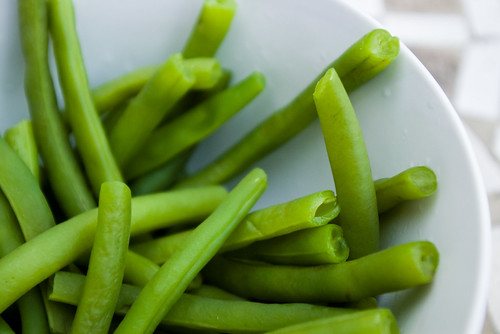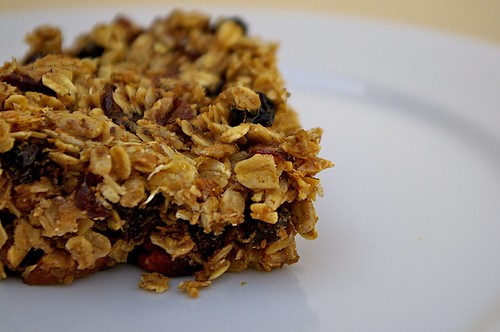
This is a reprint of my May column as it appeared in Satellite Magazine
Simplicity. Done right, nothing matches its beauty. And yet time and again we strive for the complicated. The fussy. I turn this month to a kind of proto food: the lentil. The small, disc-shaped bean has long been a staple food for many cultures because it’s packed with fiber, vitamin B1, iron, protein and many other nutrients. They help level blood sugar, and are low in fat and calories--just 230 calories per cup of cooked lentils. They’re cheap, too, an important thing given today’s skyrocketing food prices. But like so many simple things, lentils are incredibly versatile. They can be served plain or used in complex curries as a main dish. Consider this a starting point, a gateway to exploration with this woefully under-used bean.
Ingredients
- 1 pound dried lentils
- 6 - 8 cups of water
- 2 tablespoons oil
- 1 medium shallot (or small onion)
- 4 garlic cloves
- 1 1/2 cups of fresh spinach, shredded
- Kosher salt
- fresh ground pepper
Place your stock pot over medium heat. Add the oil, and while it heats, mince the shallot and garlic cloves. Add them to the pot and let them sweat for about five minutes. Sweating is a technique that extracts flavors from aromatics and other elements without drastically changing their flavor. If you want to impart your lentils with a richer, smokier flavor, you can start the pot over medium-high heat and sautee the shallots and garlic cloves, browning them. Take care not to burn the garlic, though. Burnt garlic is often very bitter.
When the shallots and garlic cloves are done sweating and have gone a bit translucent, it’s time to add the lentils, water, and ½ tablespoon of Kosher salt. Stir all the ingredients together, and bring the mixture to a boil. When they reaching boiling, reduce the heat to a simmer and angle the lid on the pot. The goal is to allow steam to escape and enable the mixture to reduce somewhat, concentrating its flavor. Simmer the lentils for about 20 minutes, stir in the spinach, and then let the mix simmer for an additional five minutes.
Note: Feel free to add other or additional vegetables in the 15 – 20 minute range. While the spinach lends its own richness and brightness to the lentils, other greens, such as turnip or collard would make excellent additions give the lentils a real southern flair. Zucchini or yellow squash could also be added as well as green beans or okra. For tougher vegetables, you’ll want to toss them in after the lentils have cooked about 15 minutes and let the vegetables and lentils cook for a total of 25 minutes. Just be mindful of the standard cooking times for the additional ingredients and adjust accordingly when you add them to lentils.
And that’s it. After about 30 minutes, you’re all done. You can add some additional salt and pepper to taste, but you shouldn’t need to. You can serve the lentils simply, in a bowl as a first course or over rice as a side dish.
But you don’t have to stop there. Lentils’ simplicity enable you to use them in all kinds of different ways. From curry soups to turkey wraps, from dumplings to patties, lentils lend themselves to all kinds of applications. One of the easiest and most delicious is the lentil burger.
Cook the lentils as above, then separate a generous portion for each patty (about 1 cup of cooked lentils) Using a cheese cloth or a clean tea towel, wrap them tightly and squeeze out any excess moisture. Then use a fork to mash the lentils into a paste, add some beaten egg and a couple drops of Worcestershire sauce, and form the lentils into patties. Heat a pan over medium-high heat, add some oil, and cook the lentil patties about 1 minute on each side --just enough to give the patties some color and heat them through. Serve as you would any burger, but they’re especially good with fresh tomato (this will work without the egg, if you want to go vegan. Just know the patties will be a little crumbly).







